

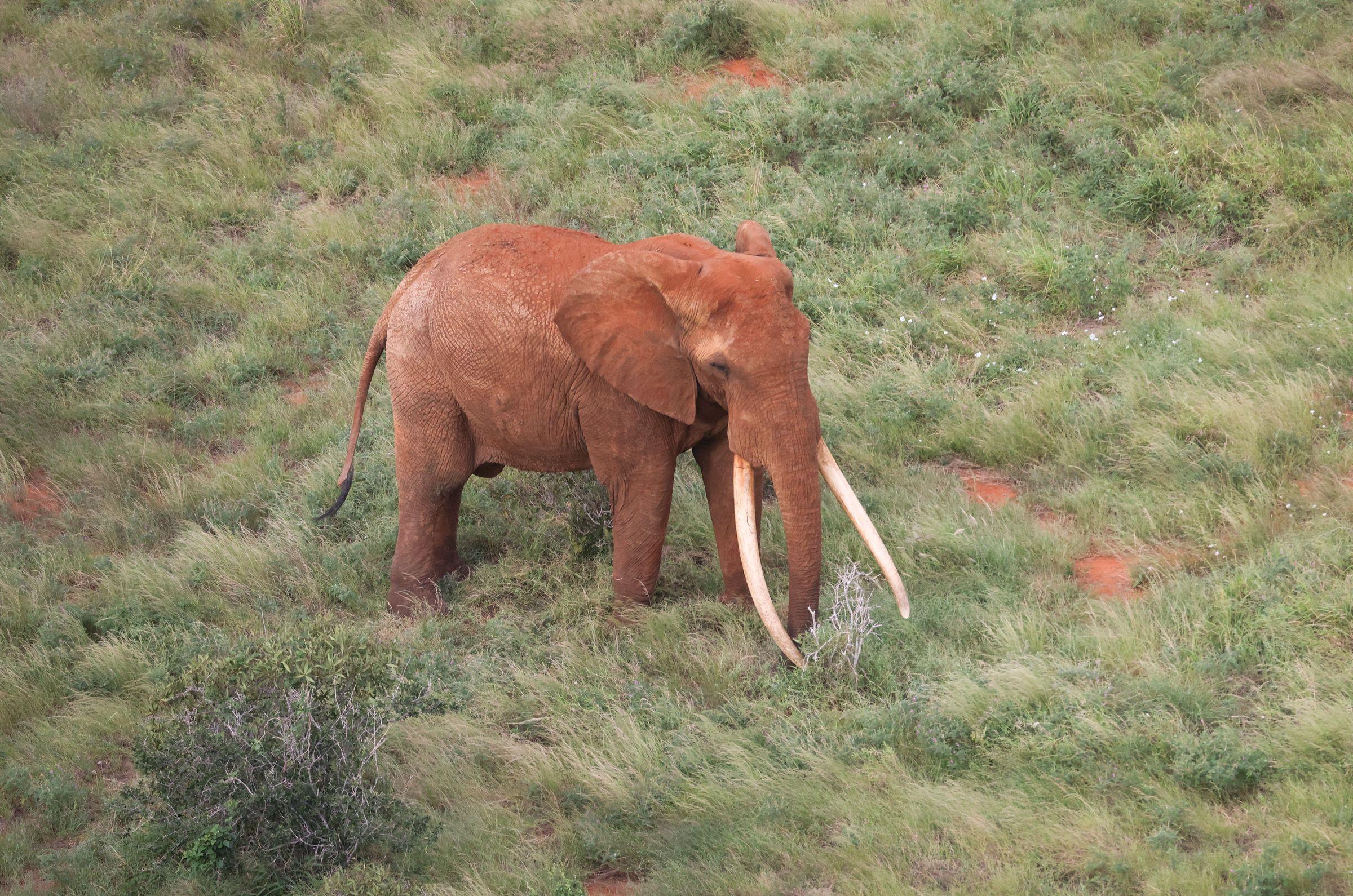
MAY 2025




MAY 2025
Operated in support of the Kenya Wildlife Service, Sheldrick Wildlife Trust's Aerial Unit monitors for illegal activity from the skies and offers rapid response assistance in anti-poaching operations, human-wildlife con�ict, veterinary treatments, orphan rescues, and all manner of �eld emergencies.
This report details Aerial Unit activities for May 2025
27,678
Hours �own: Areas patrolled:
258
Kilometres �own:
32,873


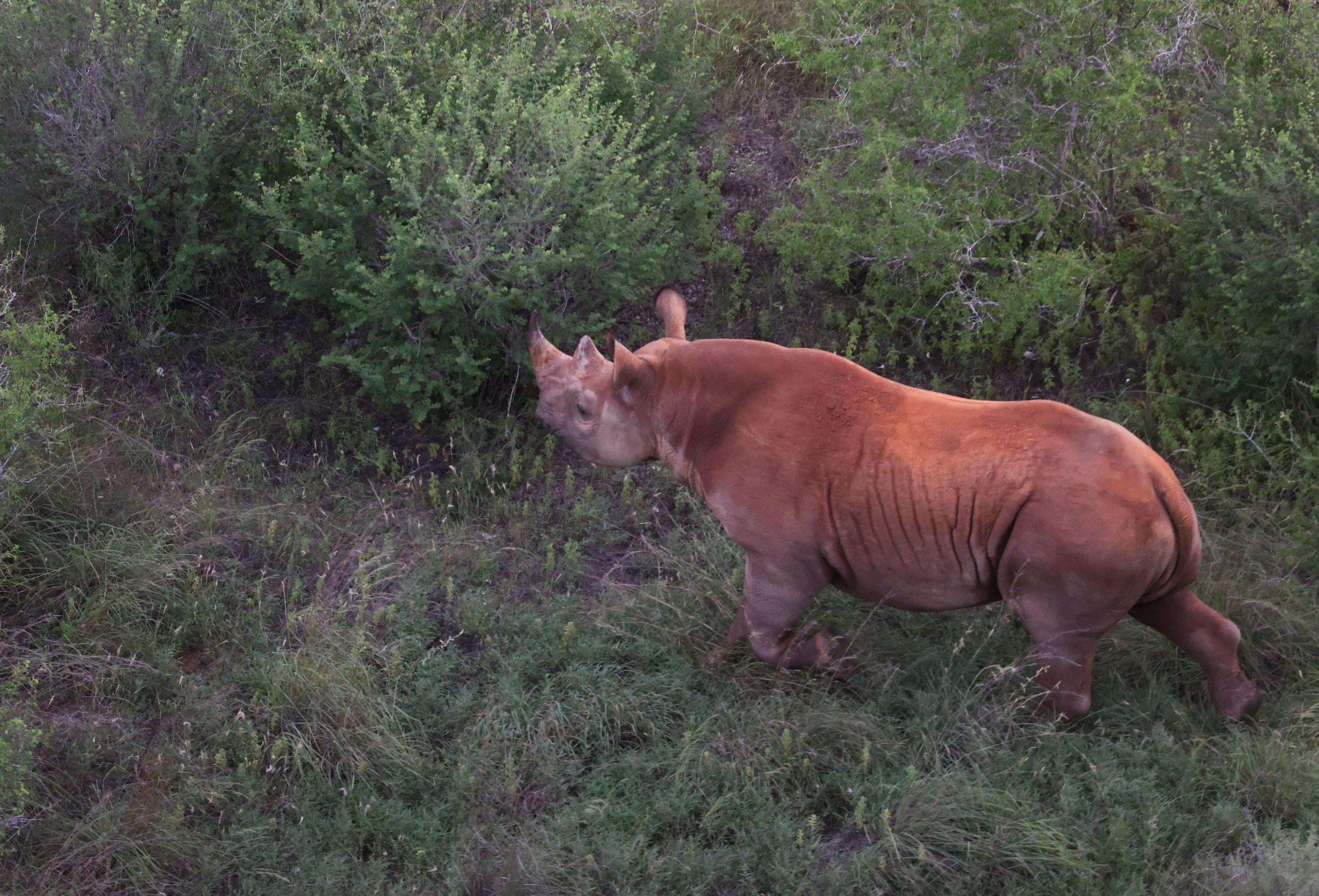
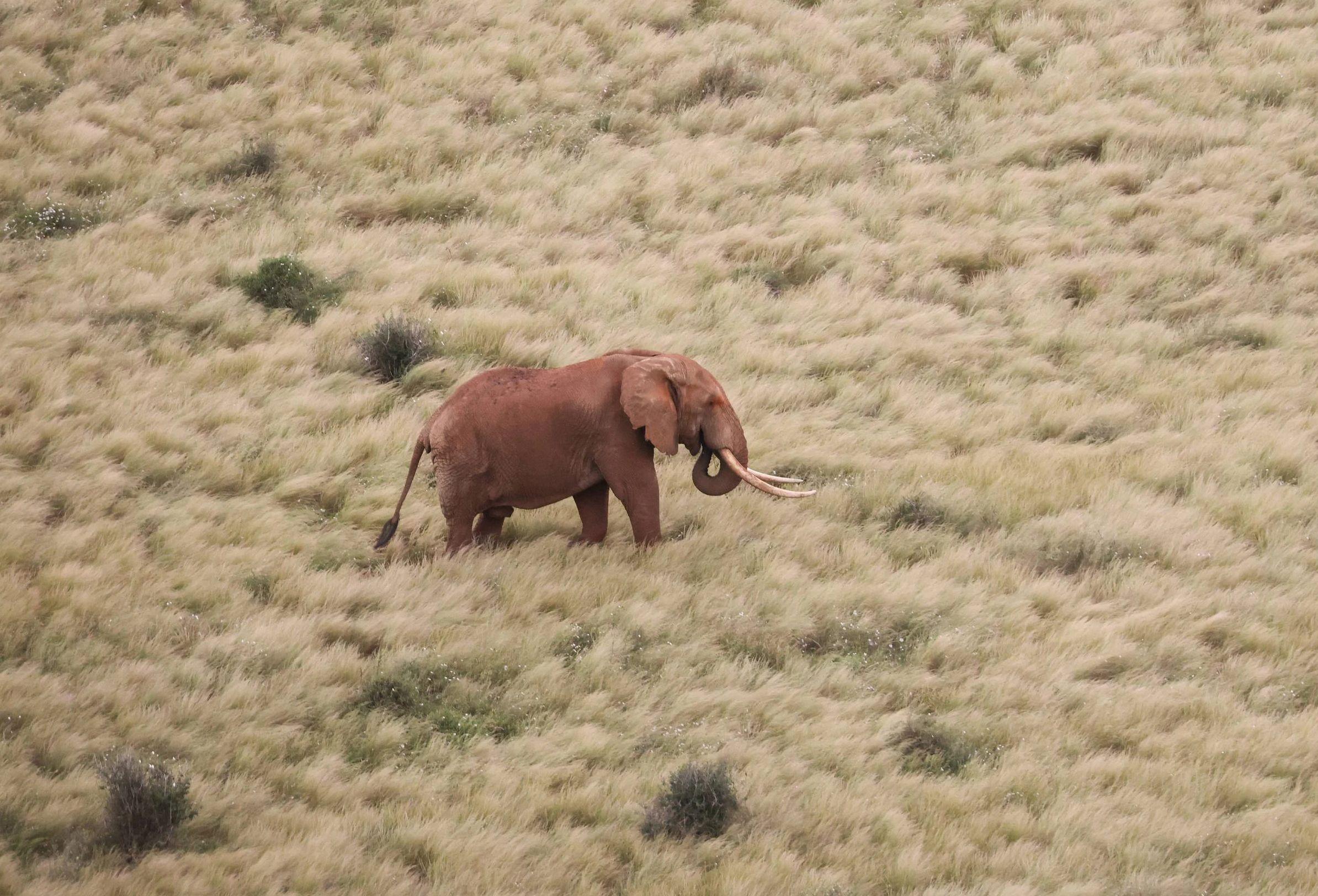
May was a busy month for the Aerial Unit particularly for our helicopters, which were involved in several humanelephant con�ict drives, one elephant translocation, and the large-scale effort to move 12 black rhinos between conservancies in northern Kenya
Most notably, the helicopter assisted in moving a total of 12 black rhinos into Segera Conservancy: nine from Ol Pejeta Conservancy and three from Nakuru National Park. During this operation, the helicopter also supported the return of two rhinos which had broken out of Segera and Solio ranches, and aided in the treatment of two white rhinos (one in Meru and one in Solio) who were injured during �ghts.



In total, eight human-elephant con�ict cases were attended to by the helicopters in May, including one that required the translocation of a particularly stubborn bull who refused to be herded through the fence and back into the park The team also assisted with several veterinary interventions
Over the course of May, a total of eight elephants and one giraffe received veterinary treatment with aerial support whether �rst spotted from the air, darted from a helicopter, or both. There was a notable increase in spear injuries, affecting half of the elephants treated Additionally, our �xed-wing pilot sighted two more elephants with suspected spear wounds that were not treated, all of which suggests a rise in human-elephant con�ict. Two elephants were found with arrow injuries, and an arrow was extracted from one.
The remaining two cases involved one elephant that had stepped on a spike trap and another, which once darted, was found to be suffering from a dislocated ankle. Unfortunately, in the latter case, treatment was not possible.

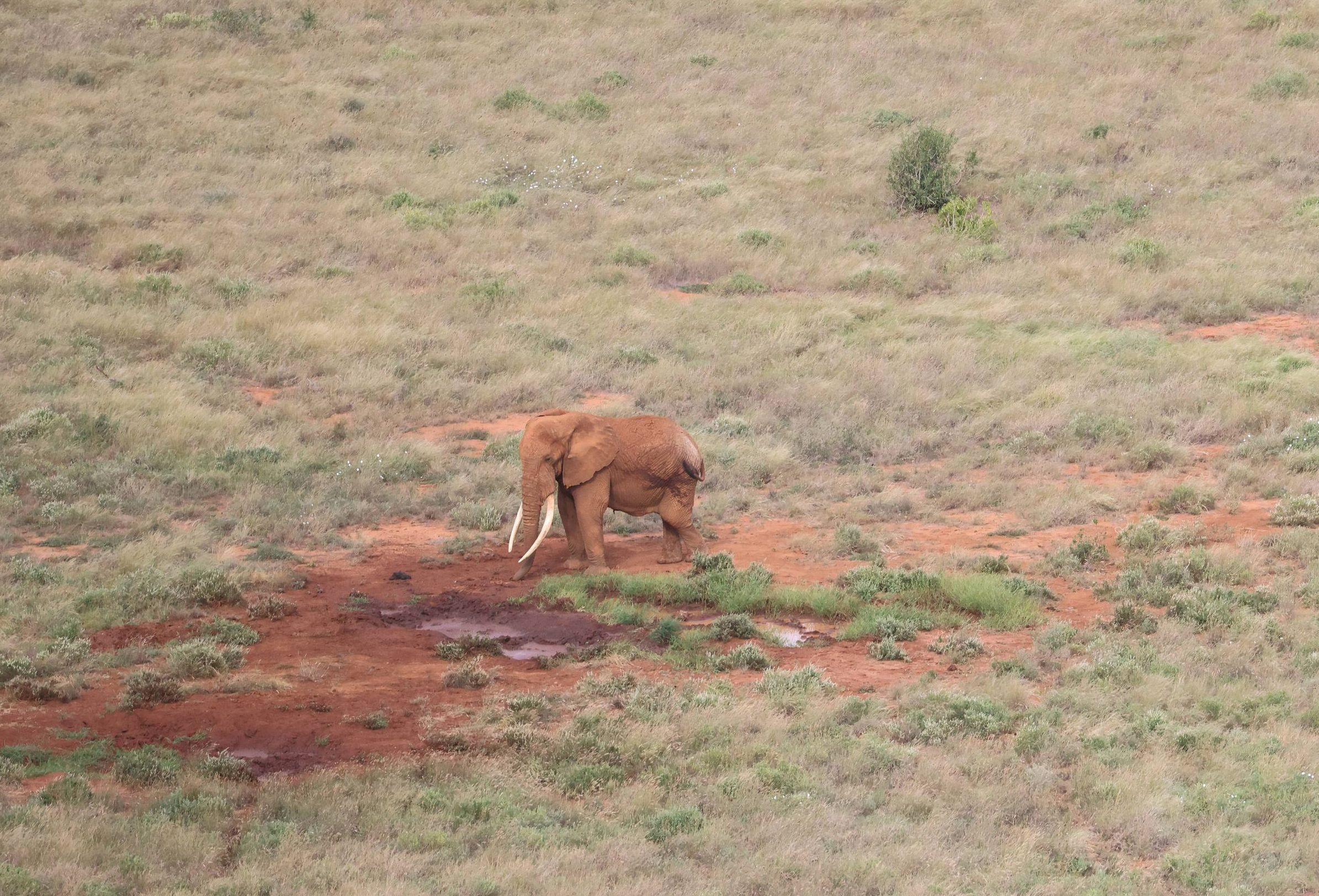
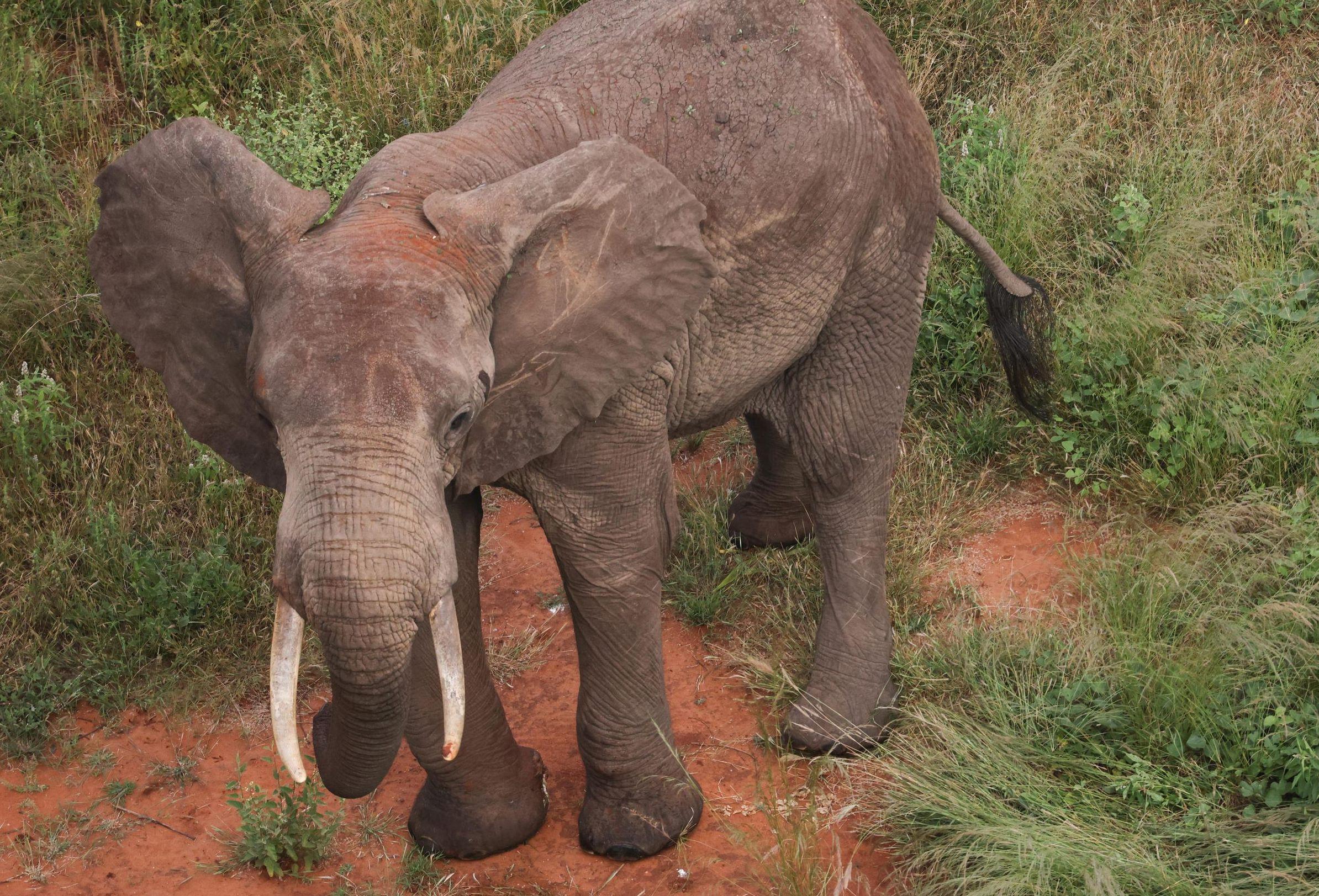
Poaching activity appeared to be low in May, with only a few poachers’ camps or hideouts discovered during routine aerial patrols. One old harbour site showed strong evidence of poaching, including a dik-dik carcass and a pair of bloodied shoes Ground teams, responding to the sighting of a charcoal camp by a �xed-wing pilot in Arabuko-Sokoke Forest also found and destroyed rope snares Other signs of illegal activity were circumstantial, including heavy motorbike traf�c in Galana Ranch and various camp�res in both Galana Ranch and Tsavo East National Park.
A total of four elephant carcasses were discovered during aerial patrols Three were determined to be natural deaths, and ivory was recovered and handed over to KWS. The fourth was a poaching case an elephant found outside the park on a bordering conservancy, with tusks removed. Additionally, a single piece of broken ivory was recovered during a patrol in Tsavo East and handed over to KWS
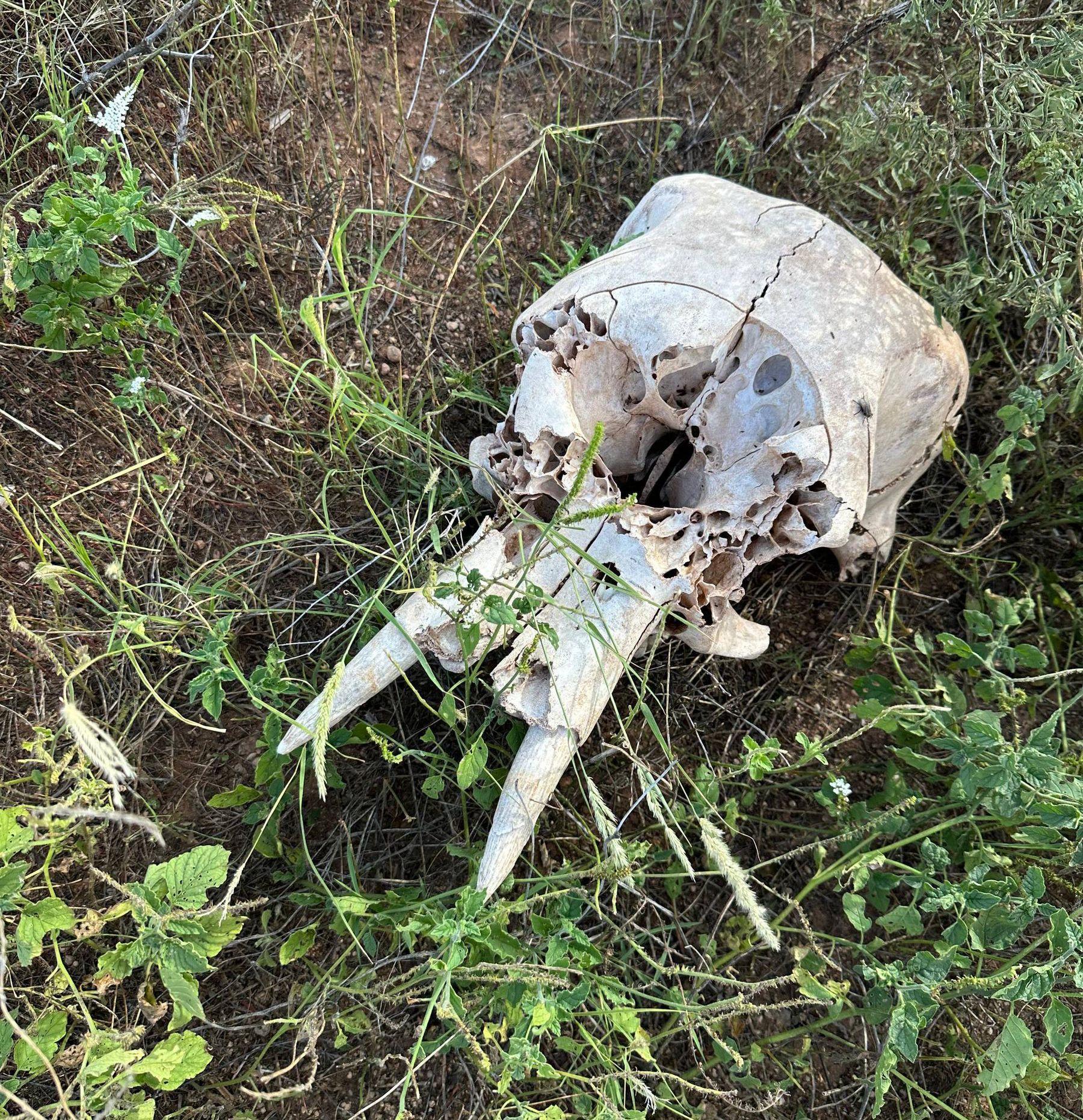


Charcoal burning was observed in Galana Ranch, Kulalu Ranch, Kuranze Ranch, Kishushe Ranch, and Shumbaland Conservancy, as well as a rare sighting of a kiln in Tsavo West National Park near Kamboyo. Most of these sites were later destroyed by ground teams
Numerous illegal livestock incursions were recorded in both Tsavo East and Tsavo West throughout the month and were subsequently addressed by KWS, generally with successful outcomes.



Two orphan rescues were carried out during the month with aerial assistance including a young buffalo calf and a kudu calf, both found by herders on the Taita Ranches.
One of the month’s most exciting highlights was the sighting of a newborn rhino calf with its mother in Tsavo West every rhino birth in the Tsavo ecosystem is considered a signi�cant success. Continued sightings of big cats are also a consistent highlight.
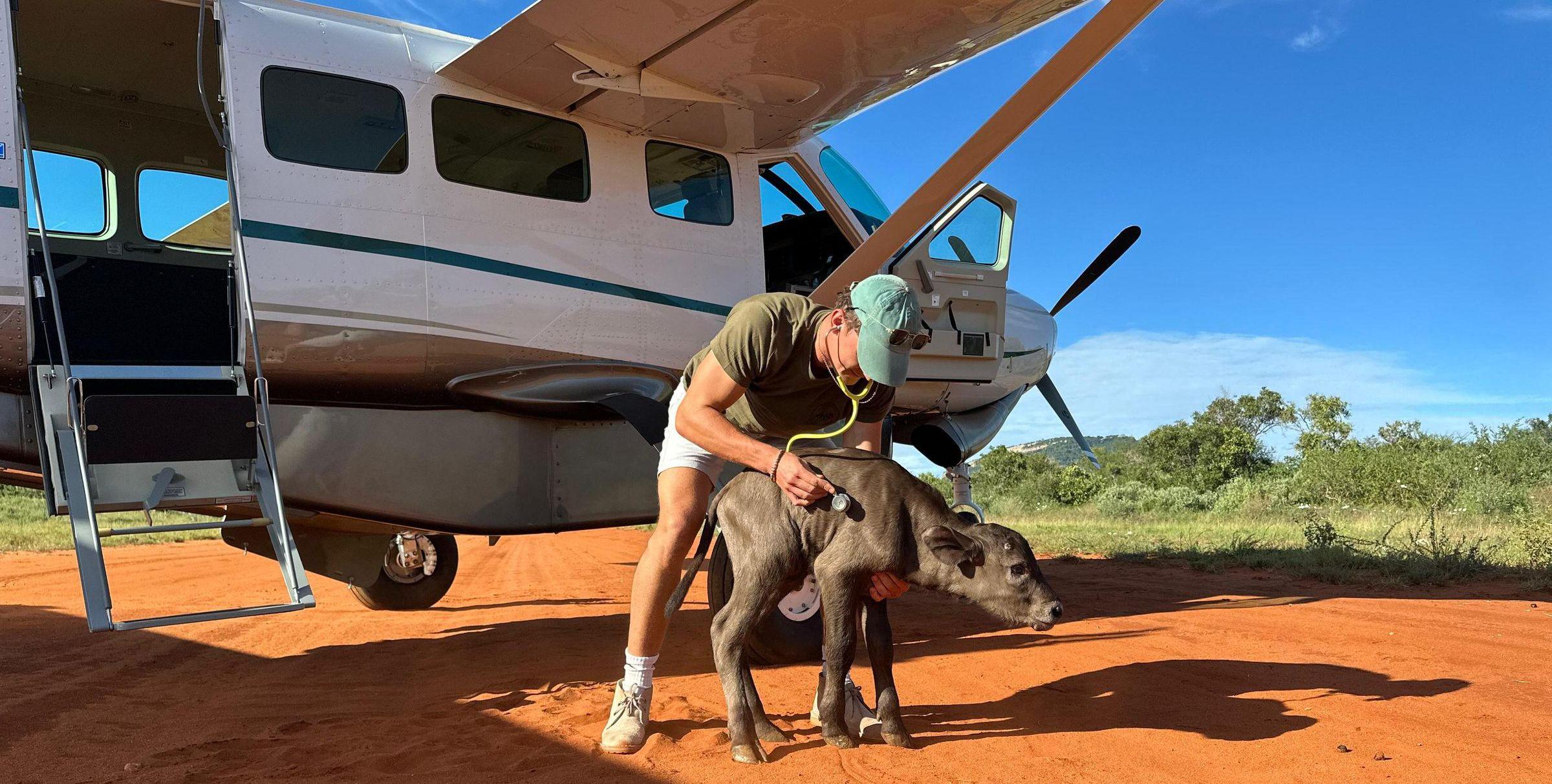
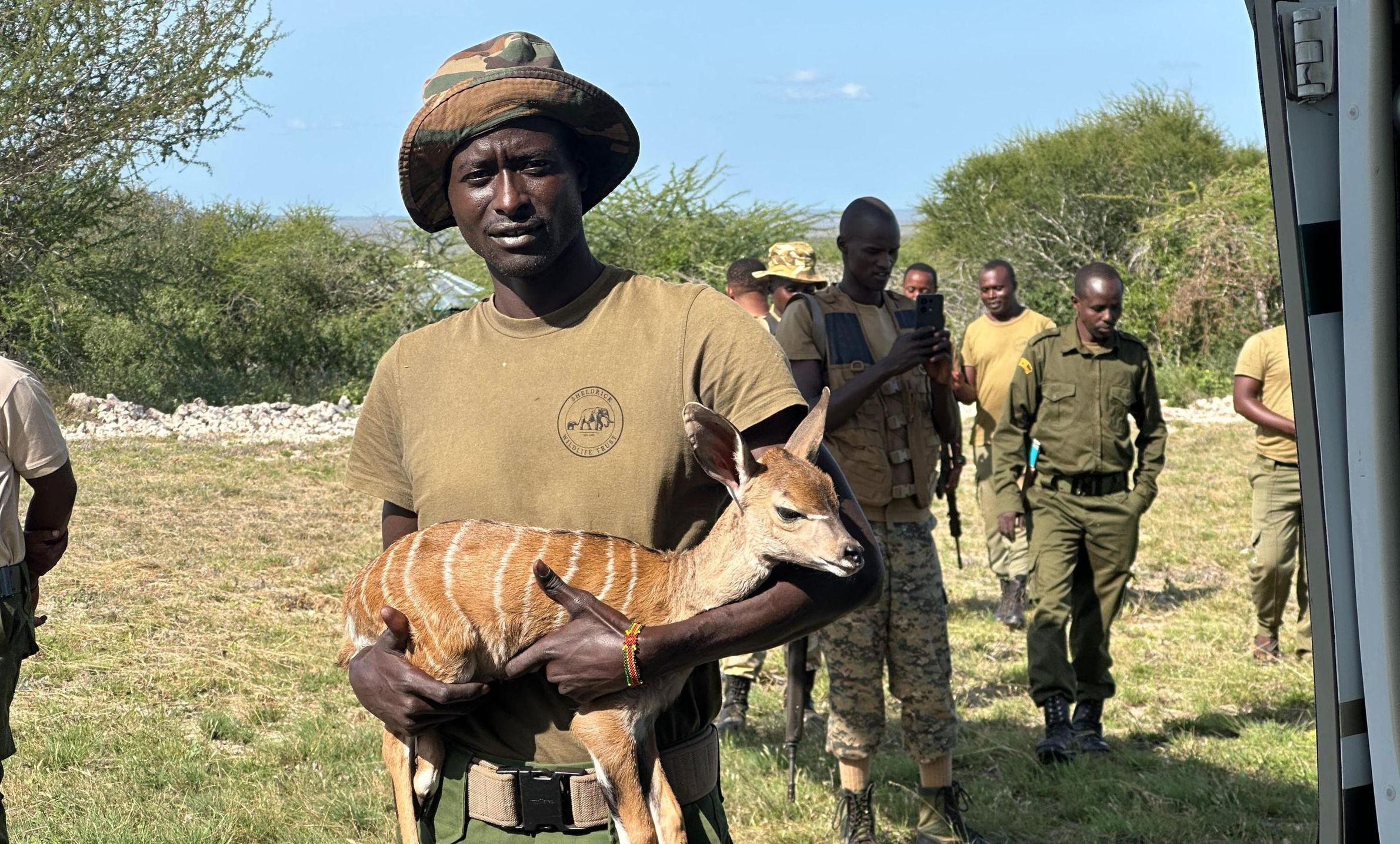
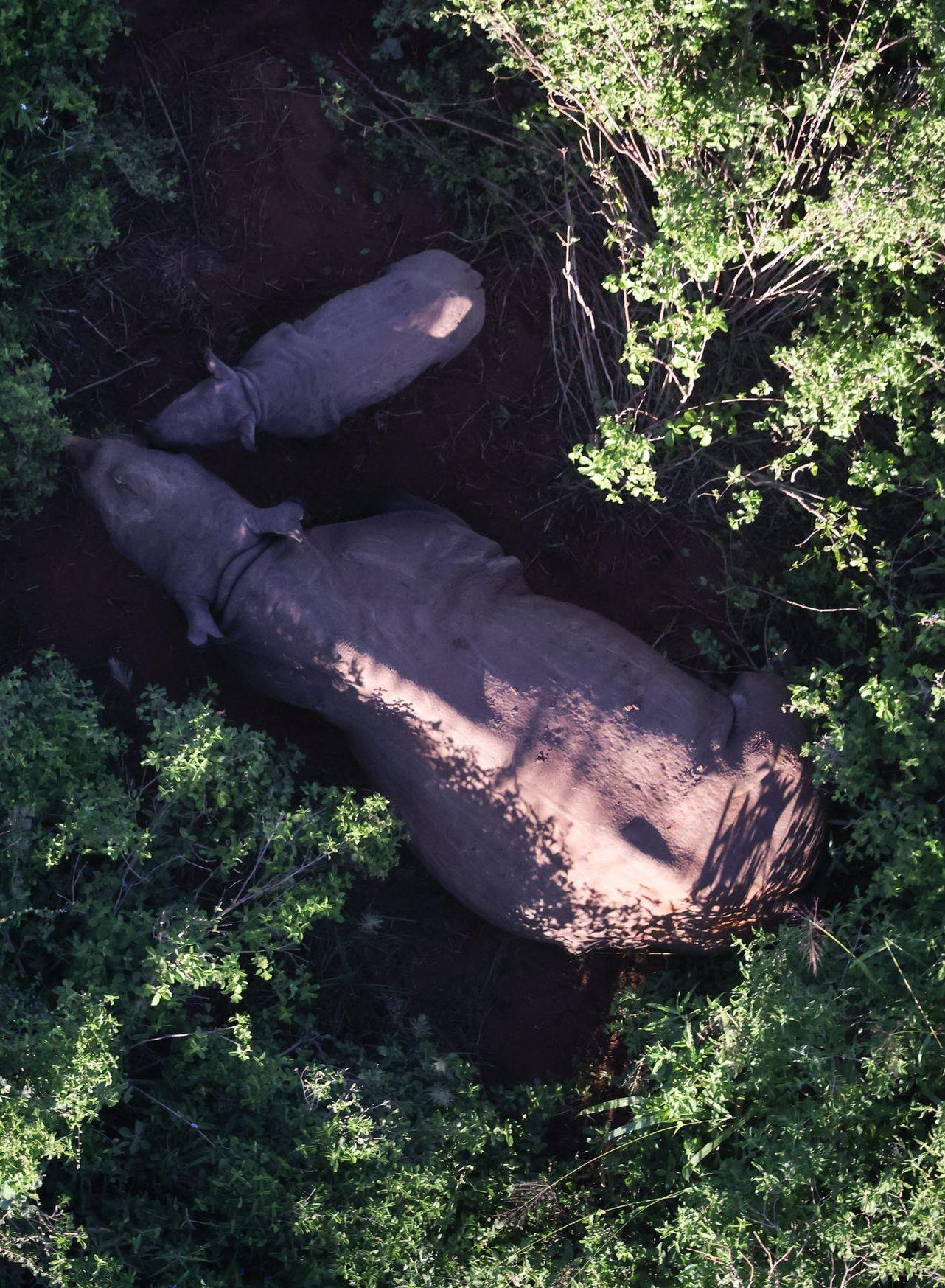
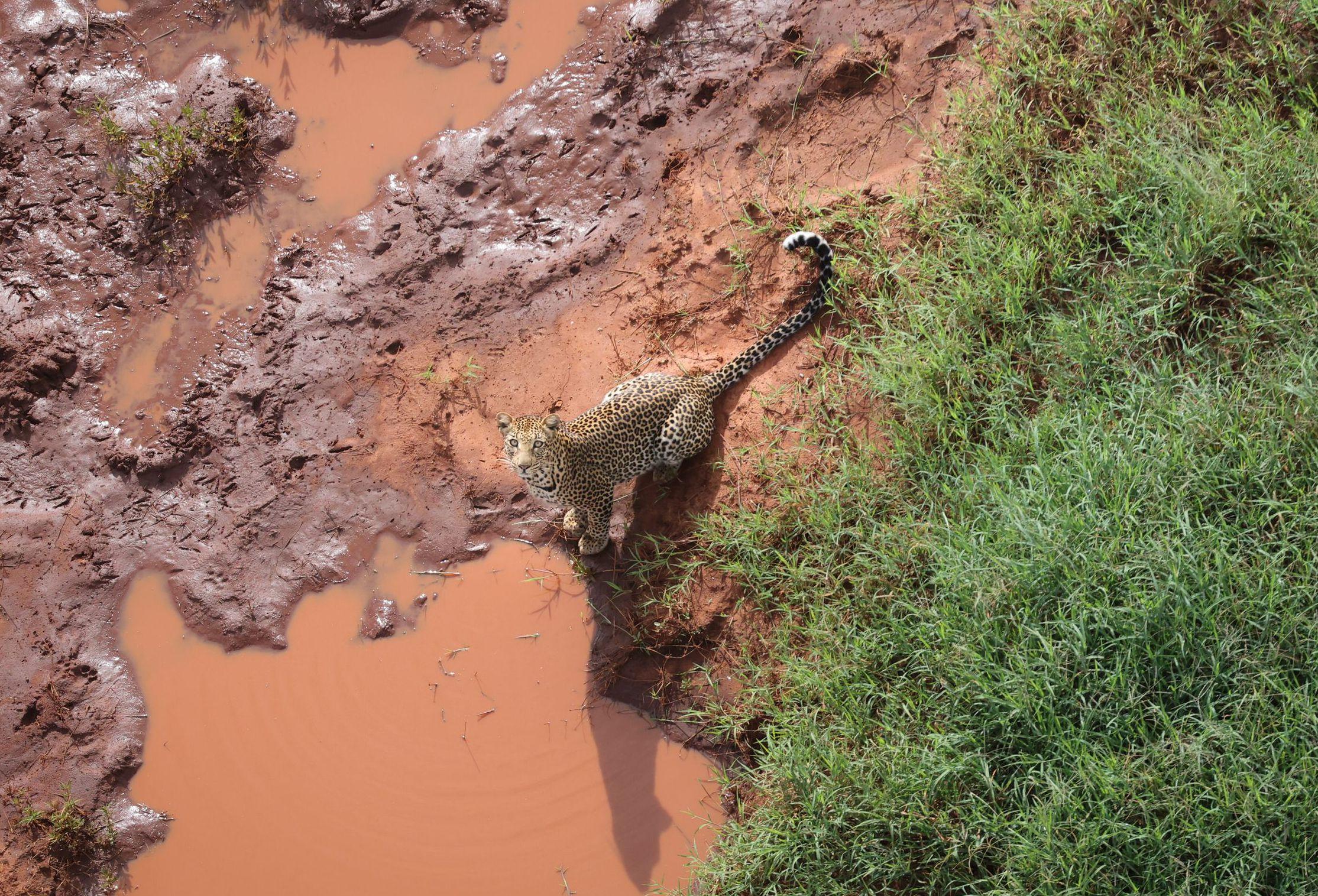

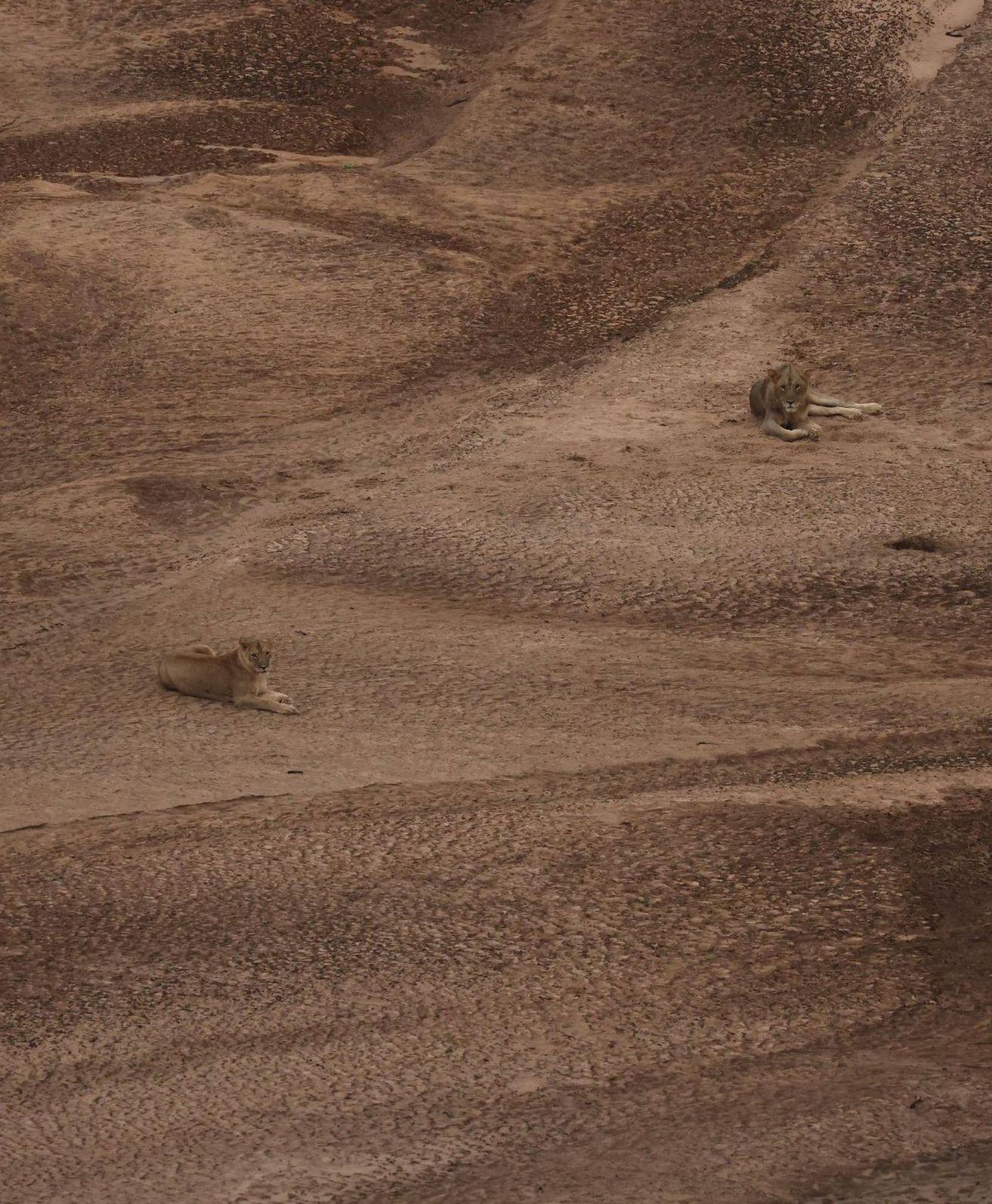

The Aerial Unit, as with all Sheldrick Wildlife Trust's conservation projects, is a donorfunded initiative Thank you to our global supporters, who help us secure Kenya's habitats for the future and make an impact in the �eld, each and every day